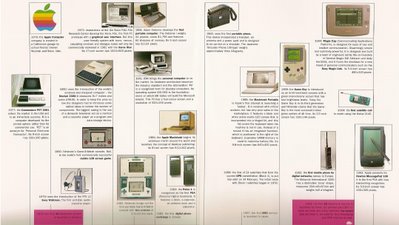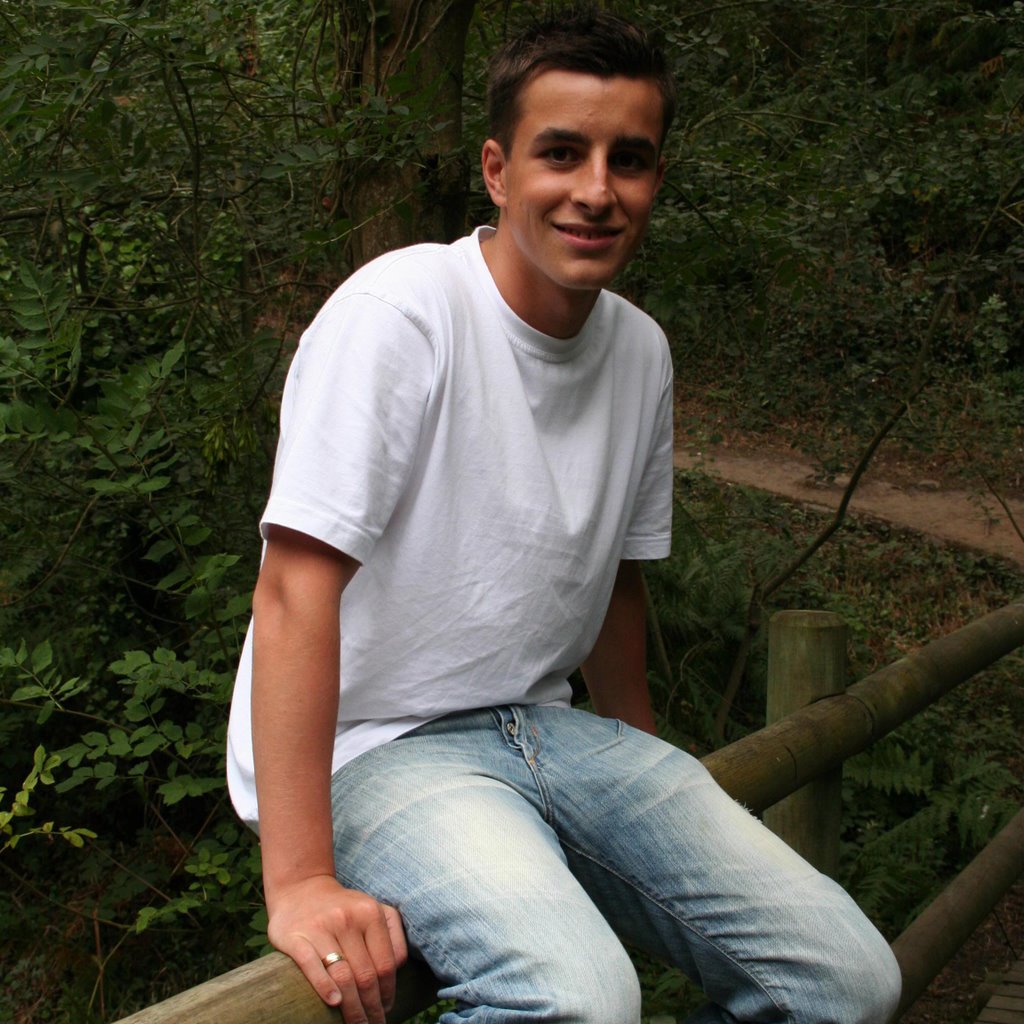The interactive ideas that I will create need to be based around an event. The technology used should help to advertise the event and allow the audience to gain a more interactive experience. My Ideas so far are as follows:
Cannes Film Festival - founded in 1939, the Cannes Film Festival is considered one of the worlds most prestigious film festivals. It is currently a private festival that attracts many movie stars and producers. I personally believe that the general public should also be allowed to interact with this event whilst still preserving some of the event exclusivity.
In order to make more people aware of the event i have considered the use of large screens in many of the world’s largest cities. The participant will be able to park their cars infront of the screen and tune their radios or in-car TV's into a broadcasted signal. This location-based interactivity will give the events audience an insight into the films being shown and the event itself. The event may allows people to download the latest films to their mobile phones, however, this should only be available at certain locations such as the large screens in order to generate more media interest and public awareness.
I believe that this will be effective as the target audience should be those interested in new films and the glamour that surrounds the event. A large percent of the audience will have access to video mobiles and some may have cars with technology such as TV and even if they don't, participants will still be able to gain access through the use of radio.
The Volvo Ocean Race 2008-2009 - is a yacht race around the world that is held every four years. This therefore means that information about the event, before and during, will need to be distributed around the world to a variety of users using a variety of platforms.
The potential audience of this even will have a high interest in how the race is going. The race can last many months so therefore people will want to access this information at very different times.
I personally believe that in the short-term future GPS will become more widely available on Mobile phones, Interactive TV and computers. Therefore this event should take advantage of this and allow users to access GPS that show where the boats are in relation to the route and other boats within the race. The GPS should be updated at such a rate that the user can see live positioning of the boats. Users should be able to look back at the route the boats have travelled along with satellite images that may be updated every hour using programs such as google earth. Many of the target audience may have boats of their own therefore the GPS route should remain available for months after the event therefore meaning that people can follow the route in which the boats followed.
The crew of the boats broadcast daily satellite videos giving feedback on their progress. The platforms listed above may therefore take advantage of this and allow the audience to view these videos to get a true insight into the event.
My other ideas
These are ideas about events however i have not thought of a way in which they can take advantage of the technologies as yet.
F1 Silverstone Grand Prix
The Royal International Air Tattoo
Saturday, November 11, 2006
The history behind digital devices

The small and portable devices that we see all around us in our everyday life would have not been possible if it was not for some of the technological advancements that we have seen over the last century. All of these devices have roots that connect with the invention of the telephone, radio and computer. In order for something to become potable it needs to be small lightweight and easy to carry. Therefore the products that we use today are more sophisticated miniature versions of what we would have been invented in the beginning.
I was also state that the non-portable digital devices that we use to also have roots in television, radio and computing. They give the user more choice and control over the day-to-day task and can also aid the speed in which the tasks are completed.
Image from: Designing for Small Screens. Studio 7.5. 2005. AVA Publishing, Switzerland.
Aims and Learning Outcomes
Aims
1. To investigate the evolving contexts within which interactive media products and systems are developing.
2. To identify the key issues underpinning design practice within this context.
3. To investigate a range of possible types of interaction, the limitations and possible solutions.
4. As a designer identify technical, economic, cultural and social contexts within which the product or system and operate.
Learning Outcomes
On successful completion of this unit, students should be able, at threshold level, to:
1. Develop a context specific solution to demonstrate the interactive possibilities relating to immerging technologies and contexts.
2. Develop and apply concepts for either conventional or novel forms of interactive software, products or systems.
3. Engage in appropriate design methodologies in the production of a project.
4. Demonstrate a perspective of the current and historical contexts of design in this field.
5. Apply research methodologies in relation to interactive design problem solving.
1. To investigate the evolving contexts within which interactive media products and systems are developing.
2. To identify the key issues underpinning design practice within this context.
3. To investigate a range of possible types of interaction, the limitations and possible solutions.
4. As a designer identify technical, economic, cultural and social contexts within which the product or system and operate.
Learning Outcomes
On successful completion of this unit, students should be able, at threshold level, to:
1. Develop a context specific solution to demonstrate the interactive possibilities relating to immerging technologies and contexts.
2. Develop and apply concepts for either conventional or novel forms of interactive software, products or systems.
3. Engage in appropriate design methodologies in the production of a project.
4. Demonstrate a perspective of the current and historical contexts of design in this field.
5. Apply research methodologies in relation to interactive design problem solving.
Subscribe to:
Posts (Atom)
